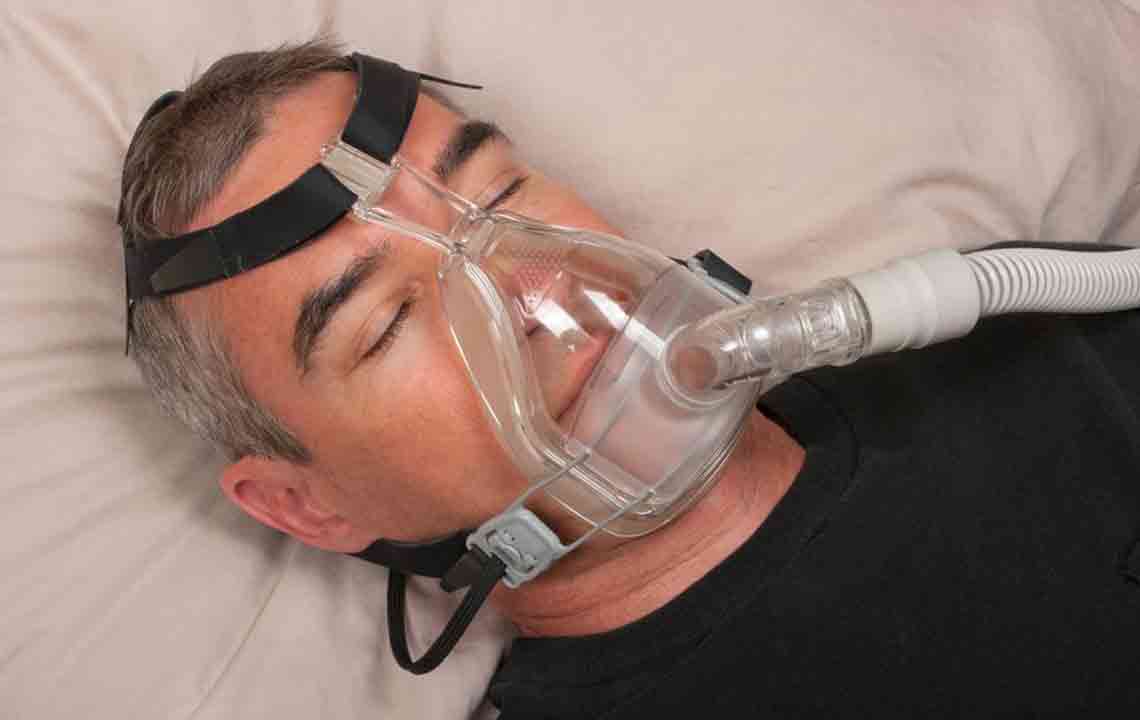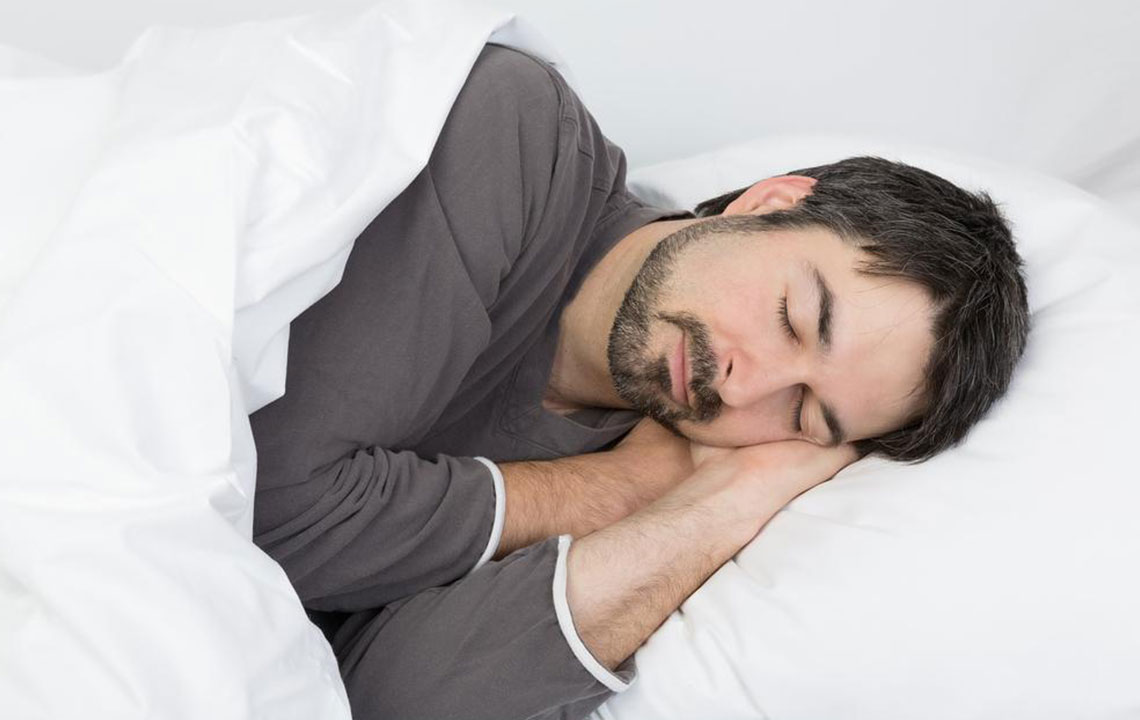Comprehensive Guide to Managing Restless Leg Syndrome Effectively
Discover comprehensive strategies to effectively manage Restless Leg Syndrome (RLS). From understanding its causes to exploring lifestyle changes and medical treatments, this guide provides practical advice to reduce symptoms, improve sleep quality, and enhance overall well-being. Learn how to control RLS with personalized approaches that address underlying health issues and promote relaxation for a better quality of life.

Effective Strategies for Managing Restless Leg Syndrome
Restless Leg Syndrome (RLS), also known as Willis-Ekbom disease, is a neurological disorder that affects millions worldwide. It manifests as a compelling urge to move the legs, often accompanied by unpleasant sensations such as crawling, itching, burning, or throbbing feelings. These sensations are usually worse during periods of rest or sleep, leading to significant disruptions in daily life and sleep quality. Individuals with RLS may find it challenging to sit still for extended periods, which affects their productivity and comfort. This condition is more prevalent among older adults and women but can affect people of all ages, including children. Recognizing the underlying causes and implementing effective management strategies are crucial for improving quality of life and reducing symptoms.
Addressing Restless Leg Syndrome requires a comprehensive understanding of its fundamental causes and treatment options. Often, RLS is secondary to other health conditions such as iron deficiency anemia, peripheral neuropathy, or side effects from certain medications. In some cases, pregnancy or chronic illnesses like kidney failure or diabetes can contribute to the development of RLS. Therefore, diagnosis involves ruling out secondary causes through medical evaluation, blood tests, and neurological assessments. Once the root causes are identified, targeted treatments can be prescribed to alleviate symptoms effectively.
Management of RLS extends beyond medication. Lifestyle modifications play a vital role in controlling symptoms and improving sleep quality. Regular physical activity, especially stretching exercises and low-impact workouts, can reduce restlessness. Establishing a consistent sleep routine, avoiding caffeine, nicotine, and alcohol before bedtime, and creating a comfortable sleep environment are critical steps toward better sleep. Some individuals find relief through home remedies such as applying heat or cold packs to the legs, massaging affected areas, or using vibratory devices designed to stimulate circulation. These non-pharmacologic approaches help reduce discomfort and may prevent symptom escalation.
Medications like pramipexole, ropinirole, and certain anticonvulsants, prescribed under medical supervision, are often used to manage moderate to severe RLS. These drugs work by modulating dopamine pathways or calming nerve activity, providing symptomatic relief for many patients. However, long-term medication use requires careful monitoring to avoid side effects such as augmentation—a worsening of symptoms over time. In cases where RLS is secondary to other health issues, treating the primary condition, such as correcting iron deficiency or managing nerve disorders, can significantly improve symptoms.
Understanding whether RLS is primary (idiopathic) or secondary guides the treatment approach. Primary RLS often has a genetic component and may respond well to lifestyle changes and medication, while secondary RLS necessitates managing underlying health problems. Monitoring and adjusting treatment plans with healthcare professionals ensure optimal symptom control.
Managing coexisting conditions is also essential. Sleep disorders such as sleep apnea or thyroid dysfunction can exacerbate RLS symptoms. Proper diagnosis and treatment of these conditions contribute greatly to overall symptom management. Additionally, incorporating relaxation techniques such as yoga, deep breathing, and mindfulness meditation can help calm the nervous system and reduce restlessness. Parents should educate children about healthy sleep habits and encourage physical activities that promote circulation and reduce anxiety.
Ultimately, a holistic approach combining medical intervention, lifestyle modifications, and home remedies is the most effective strategy for managing Restless Leg Syndrome. By understanding individual triggers and responses to various treatment options, patients can find a personalized plan that enhances their comfort and sleep quality. Persistent symptoms should not be ignored; consulting healthcare professionals ensures an accurate diagnosis and a tailored treatment plan. With proper management, individuals with RLS can lead active, restful lives and significantly improve their overall well-being.





